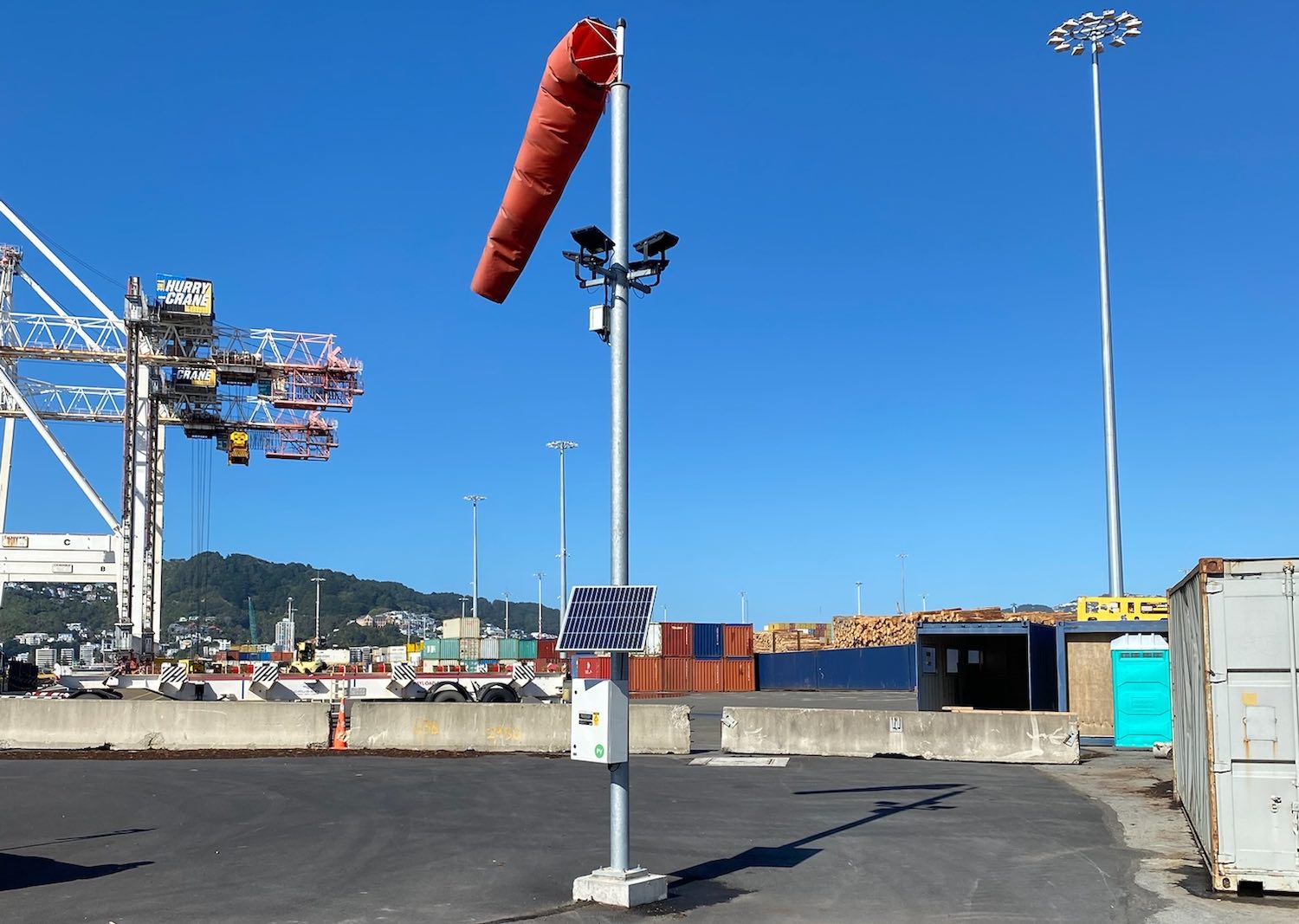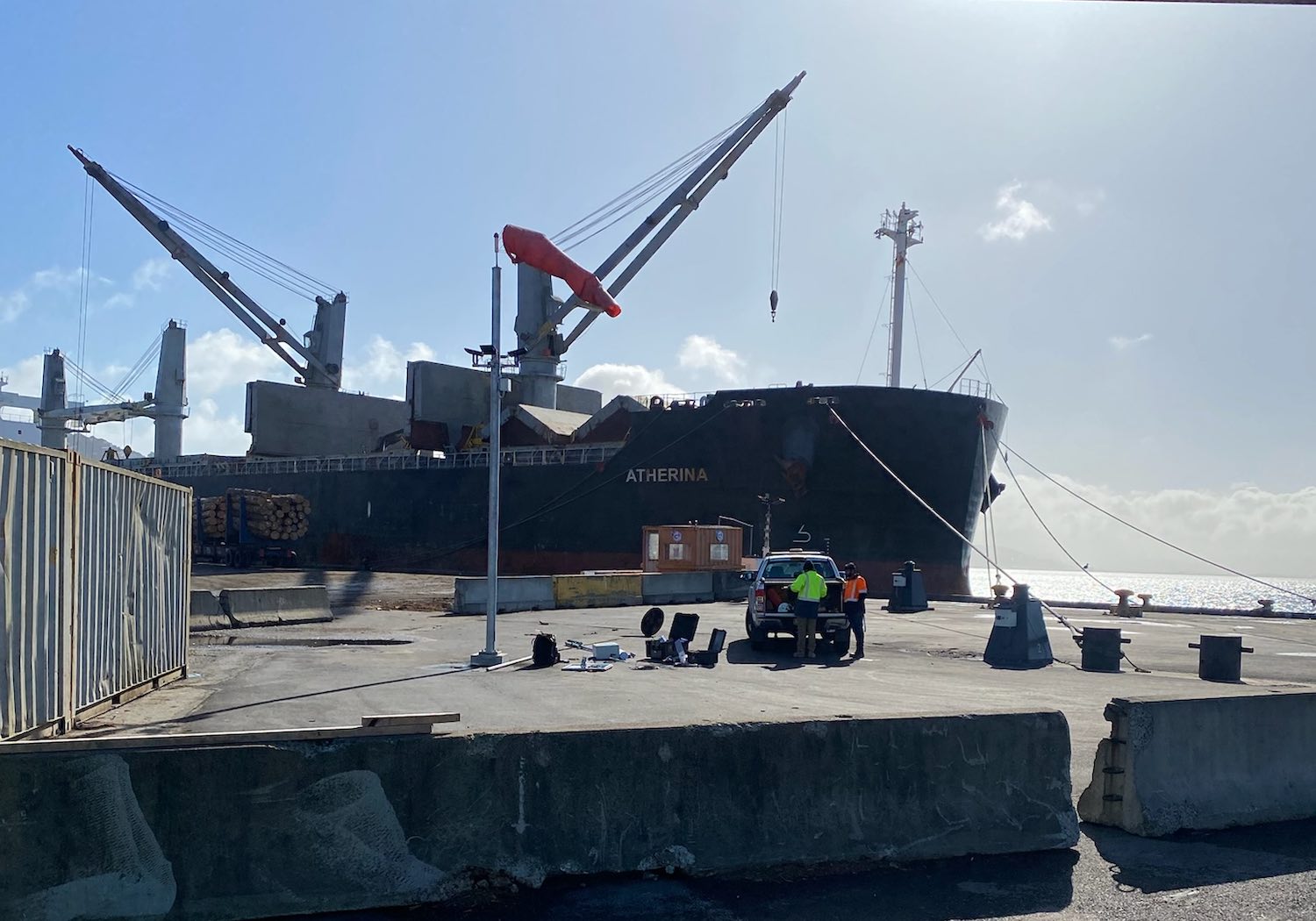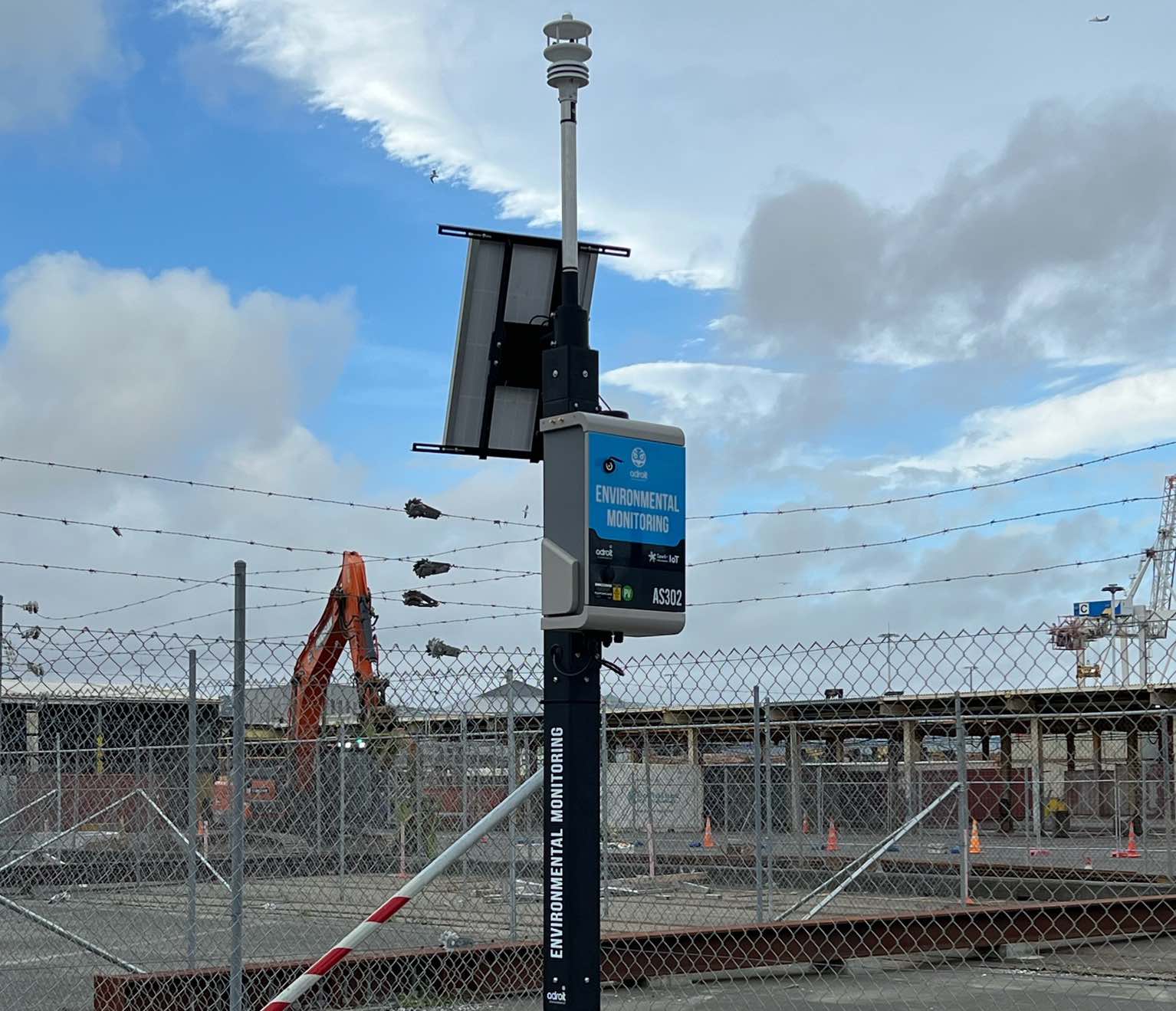Adroit Environmental Monitoring is Helping CentrePort Plan for the Future


Adroit is helping us remove the need to manually sample stormwater in two key areas during rain events and gathering data in a timely way. It was quite challenging for us to manually meet the criteria for sampling ‘first flush’ conditions. Safety means we must work around weather and operations, so an automated solution was exactly what we needed.

Sensors are powered by solar panels and data is uploaded to the Adroit Cloud Platform using the Spark Cat-M1 specialised IoT network. The installation is currently located in one of CentrePort’s log yard outfall pipes, where stormwater is discharged into the harbour.
The installation has now been in place for two months and Patel says it’s already working well.
“Both units are solar-powered, and they transmit the data over the Spark mobile network to us, so we can see data in real-time, which is great. I definitely check it often when it’s raining.”
He says the data is already providing some surprises.

“If, from the data we are getting now, we can see that during a certain intensity of rainfall we’ll need greater levels of treatment, having those automated alerts will help us calibrate the stormwater treatment system we have in place in future,” he says.
Patel says he can see the potential for more sensors across CentrePort as the infrastructure is improved.
“The port is quite a large area with a lot of different stormwater catchments and outfall locations. To demonstrate to the Greater Wellington Regional Council that we are improving water quality, we need to be testing the upstream and downstream sides of where we install our treatment systems. This could mean we increase the number of monitors and sensors we have in future,” he says.
Learn more about Adroit water quality environmental monitoring
